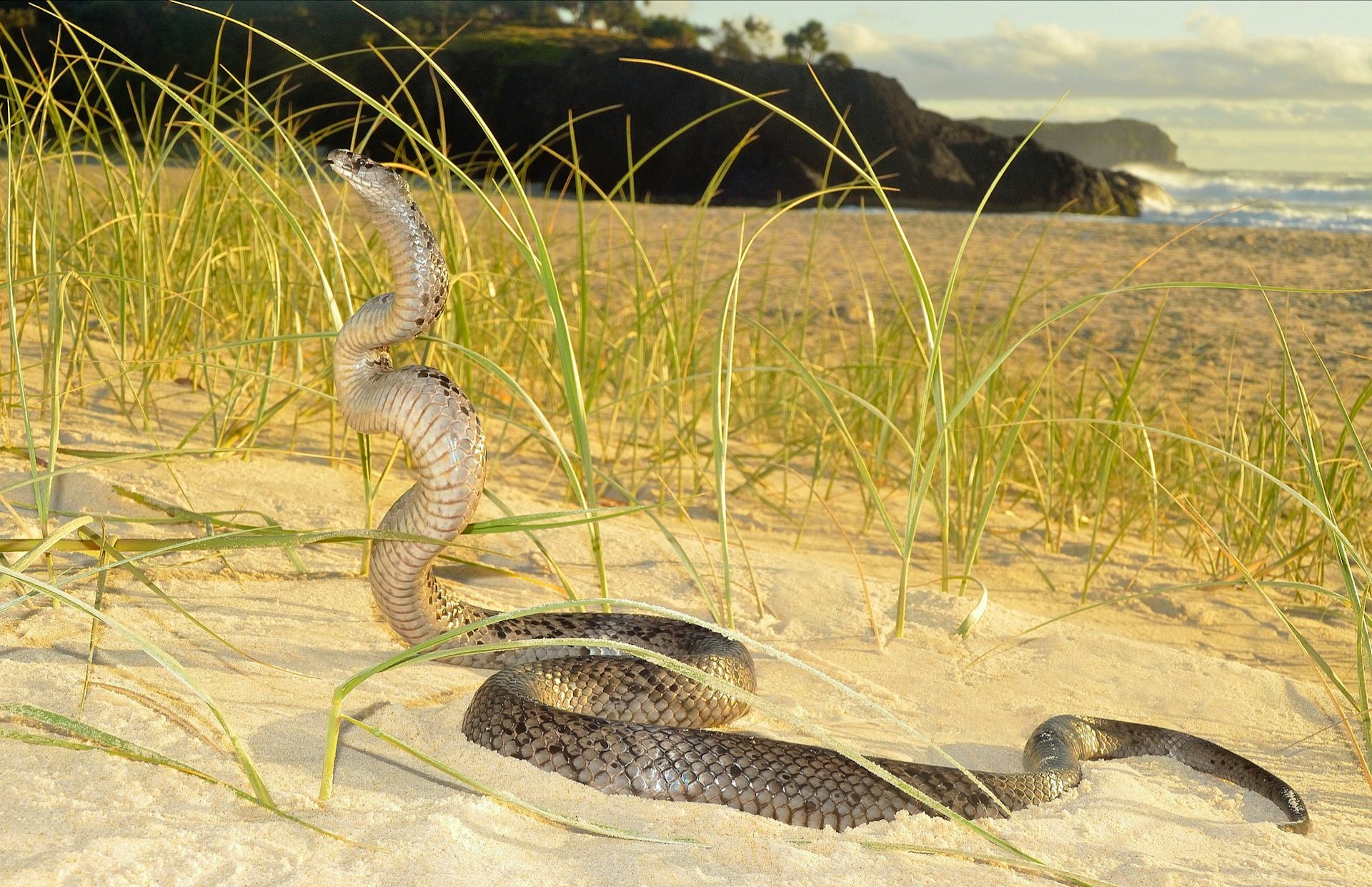Introduction
Tiger snakes are among the most widely known and been afraid reptiles in Australia, widely identified for their striking appearance and potent venom. This post intends to explore the intricacies of the tiger serpent's habitat, circulation, actions, and what one can expect when running into these interesting creatures. By understanding where to locate them and how to navigate prospective threats, you can value their duty in the ecological community while guaranteeing your safety and security.

Tiger Serpent Habitat: Where to Find Them and What to Expect
Tiger snakes are mainly discovered in southeastern Australia, including Tasmania, where they prosper in a range of atmospheres. Their flexibility enables them to inhabit varied surfaces such as seaside regions, wetlands, meadows, how to treat snake bite first aid and also city areas.
Geographical Circulation of Tiger Snakes
The geographical reach of tiger serpents prolongs throughout numerous Australian states. They are particularly common in:
- Tasmania: The Tasmanian tiger serpent is among the most recognized subspecies. Victoria: Found near water bodies like rivers and lakes. New South Wales: Liking bushland locations near to water sources. Western Australia: More commonly seen around swamps and estuaries.
Understanding the geographical circulation is essential for both conservation initiatives and public awareness relating to experiences with these snakes.
Preferred Environments of Tiger Snakes
Tiger serpents grow in numerous environments. Below are some regular environments where they may be found:
Wetlands: They prefer marshy or swampy locations where they can access victim easily. Coastal Regions: Near coastlines or rocky shorelines supply bountiful food sources like fish and amphibians. Forested Areas: Dense underwood provides shelter from predators while giving searching grounds.Behavioral Patterns Connected to Habitat
Understanding tiger snake habits within their environments is vital for interaction monitoring:
- Nocturnal Activity: Tiger snakes have a tendency to be extra energetic throughout golden hours (dusk and dawn), making them more difficult to detect during daytime. Territorial Nature: They show territorial habits; hence, it's critical to respect their room if encountered.
This understanding can help reduce unwanted communications between humans and tiger snakes.
Are Tiger Snakes Venomous?
Yes, tiger serpents are undoubtedly venomous. Their poison contains neurotoxins that can trigger paralysis or perhaps fatality if untreated.

What Makes Their Venom Dangerous?
The strength of a tiger snake's venom differs depending on numerous aspects:
- Geographic location Individual health Quantity injected during a bite
Symptoms of a Tiger Snake Bite
Recognizing symptoms early is crucial:
- Pain at the bite site Swelling Difficulty breathing
Immediate medical attention is essential if bitten.
First Help for Serpent Bites
Knowing first aid procedures can be lifesaving in instance of a serpent bite.
First Aid Tips for Snake Bites
Stay tranquility; maintain the afflicted area still. Call emergency services immediately. Apply a stress bandage above the bite site. Keep the specific resting until aid arrives.Following these steps can substantially enhance results following a snake encounter.
Where Else Can You Experience Tiger Snakes?
While they're often found in their natural environments, urbanization has actually led to boosted encounters with humans.
Urban Encounters
Tiger serpents may venture right into gardens or parks looking for food or water sources.
Precautions When Hiking or Exploring
When discovering locations understood for tiger serpent environments:
- Wear thick boots Stay on paths Be vigilant
Taking these preventative measures will help reduce threats while you delight in nature.
Baby Tiger Snakes: A Special Point Of View on Growth
Just like grownups, child tiger serpents are birthed poisonous yet smaller in size.
Characteristics of Baby Tiger Snakes
- Size: Usually around 20-- 30 centimeters when born. Appearance: Sport similar pigmentation as grownups however might have lighter bands initially.
Understanding their development helps in valuing their eco-friendly function from infancy onward.
FAQs regarding Tiger Snakes
1. Are all tiger snakes venomous?
Yes, all types of tiger snakes possess venom capable of causing significant harm.

2. Just how can I determine a tiger snake?
Look for distinctive banding patterns ranging from yellowish-brown to blackish colors along their bodies; adults normally grow in between 1-- 2 meters long.
3. What must I do if attacked by a tiger snake?
Seek instant clinical interest; apply emergency treatment steps as talked about earlier while maintaining calm.
4. Do child tiger serpents position any danger?
Absolutely! Regardless of their small size, baby tiger serpents are still venomous and can supply bites that require significant clinical attention.
5. Are there any kind of specific environments I need to avoid?
Avoid walking through thick underbrush or near stagnant water where problems prefer snake presence throughout warmer months.
6. How do conservation efforts affect tiger serpent populations?
Conservation efforts focus on environment preservation which directly influences populace security by making certain adequate food sources and risk-free breeding locations.
Conclusion
In recap, recognizing "Tiger Serpent Environment: Where to Find Them and What to Expect" not only improves our knowledge about these impressive reptiles but additionally boosts our ability to exist tasmanian tiger snake together safely with them in shared atmospheres. From recognizing their favored environments to recognizing Informative post just how to react efficiently if bitten, comprehensive knowledge empowers us all-- whether we're wildlife enthusiasts or informal hikers-- to value this interesting element of Australia's natural heritage while prioritizing our safety.
This post works as a considerable guide on every little thing related to tiger snake habitats! Whether you're an avid traveler or a person looking just for details about these animals, understanding exactly how they communicate within their ecological communities-- and just how we fit into that photo-- is crucial!